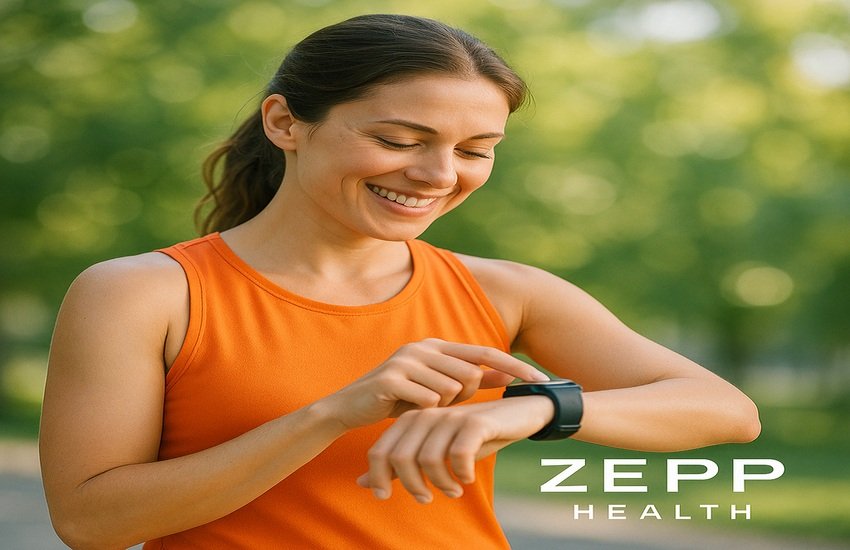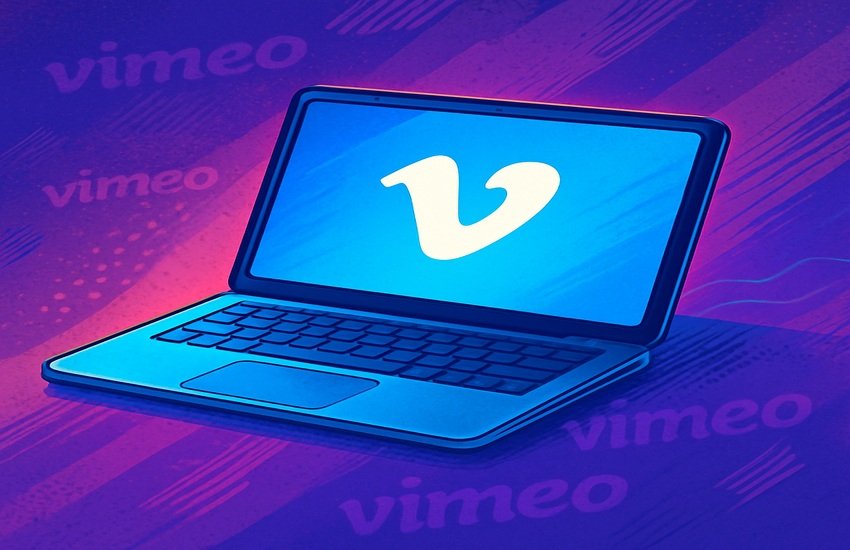Sign Up For Free To Keep Reading
Zepp Health, the parent company of the Amazfit brand, is making headlines once again. After achieving its first quarter of year-over-year revenue growth since Q2 2021 with a 46% jump to $59.4 million in Q2 2025, the company announced the acquisition of the core assets and intellectual property of Wild.AI. The move comes amid Zepp Health’s aggressive push into premium wearables, AI-powered operating systems, and athlete-centric innovations like the Helio Strap and Balance 2. Wild.AI, a pioneering women’s wellness platform, offers AI-based hormone-informed coaching, tracking, and adaptive training tools, tailored specifically for female physiology. With this acquisition, Zepp Health signals a targeted expansion into the underserved segment of female athletes—a strategic niche in the $90+ billion global wearable market. Below are four potential synergy drivers that could shape the success or setbacks of this acquisition.
Unlocking A New Segment: The Female Athlete Ecosystem
The acquisition of Wild.AI gives Zepp Health a rare entry point into a market historically overlooked by mainstream wearables—female athletes. Wild.AI’s proprietary AI technology caters to women’s unique hormonal cycles, life stages, and training needs. This aligns directly with Zepp Health’s expanding mission to support multisport athletes and bio-individual performance. With products like the Balance 2 and Helio Strap already designed for data-rich coaching, Wild.AI’s insights could enrich Zepp’s offering through menstruation and menopause-focused features. From cycle-aware workout recommendations to injury risk assessments based on hormonal shifts, the value-add for Amazfit users could be immediate. Furthermore, Wild.AI’s capability to integrate with third-party wearables like Garmin and Apple Watch means Zepp can scale Wild.AI as a platform, not just a feature—attracting even non-Amazfit users to its ecosystem. In a market where male-centric defaults have dominated fitness tech, this acquisition helps Zepp carve a differentiated value proposition. The synergy here is not only functional but also strategic: offering tools purpose-built for female physiology could deepen user engagement and potentially boost device usage across Zepp’s installed base.
Integrated AI Coaching Across Hardware & Software
Zepp Health has increasingly positioned itself as a sports-tech company powered by its proprietary Zepp OS 5.0 and AI training assistants. The addition of Wild.AI’s hormone-aware coaching and analytics could seamlessly fit into the OS ecosystem, creating a vertically integrated experience. Zepp OS 5.0 already features Zepp Flow 2.0 with voice-controlled workouts, environmental condition feedback, and AI insights. Merging this with Wild.AI’s symptom tracking, adaptive training, and monthly trend analysis would supercharge the AI engine with highly individualized, context-aware data. This is especially relevant given Zepp’s focus on high-frequency users like endurance athletes, HYROX participants, and serious fitness hobbyists. The cross-functional utility of hormone-informed coaching across various products—Balance 2, Helio Strap, and upcoming devices—could position Zepp as a leader in real-time training optimization. Importantly, Wild.AI’s software strength allows for value creation without heavy hardware R&D spend, boosting Zepp’s gross margins, which stood at 36.2% in Q2 2025. The software-meets-hardware integration could further distinguish Zepp Health in a crowded landscape of hardware-centric competitors like Fitbit or Huawei.
Platform Expansion Beyond Amazfit Devices
Another potential synergy lies in Wild.AI’s platform-agnostic architecture. Wild.AI already supports integration with third-party wearables including Apple Watch and Garmin, a capability Zepp Health has confirmed it intends to maintain. This move could allow Zepp to participate in the broader wearables market beyond just Amazfit device sales. It positions Wild.AI as a standalone SaaS revenue stream, potentially opening up B2B monetization opportunities through coaching dashboards, affiliate health platforms, and even partnerships with fitness studios or women’s health clinics. Zepp’s strong supply chain, marketing bandwidth, and global footprint across the Americas, Europe, and APAC could enable rapid scaling of Wild.AI in both DTC and B2B segments. Notably, the company has already expanded beyond China with sourcing across Vietnam and multi-region operations, which lowers go-to-market risk for new services. If Zepp successfully leverages Wild.AI’s existing 450-whitepaper-backed IP and user base, it could grow revenues with high-margin digital subscriptions—a structural shift from its hardware-heavy business model that has long weighed on profitability.
Strategic Brand Alignment & Marketing Synergy
Zepp Health has made significant strides in athlete-focused brand positioning, evidenced by recent partnerships with HYROX events, endorsements by Olympic medalist Gabby Thomas and NFL running back Derrick Henry, and strong Prime Day traction. Wild.AI’s brand—centered on “training women first” using science-backed performance metrics—aligns seamlessly with this messaging. Marketing Wild.AI as an embedded feature in Amazfit devices or as a standalone tool strengthens Zepp’s broader narrative of inclusive, data-driven wellness. It also expands the company’s demographic reach without diluting its high-performance focus. Importantly, Wild.AI has already gained consumer mindshare via influencer endorsements and professional use cases, which Zepp can amplify through its own multilayered marketing across YouTube, Instagram, and TikTok. From a cost synergy perspective, Zepp can utilize its existing retail relationships and digital campaigns to reduce user acquisition cost for Wild.AI while increasing attachment rates for its mid- and high-end devices. This could help Zepp scale with improved unit economics at a time when its LTM EV/Revenue multiple has spiked to 3.84x as of September 2025, reflecting heightened investor expectations that must be met with margin-accretive growth.
Key Takeaways
While the acquisition of Wild.AI offers a differentiated entry into the female performance segment and significant upside through AI-powered coaching and SaaS expansion, it also introduces execution risks. Integration challenges could dilute focus from core hardware markets where Zepp is seeing strong recovery, as evidenced by its 46% YoY revenue growth and steady expansion of premium product sales in Q2 2025. Furthermore, investor expectations appear high given the sharp re-rating in valuation—Zepp Health now trades at an LTM EV/Revenue of 3.84x and LTM P/S of 3.59x, a steep rise from sub-0.30x levels just a year ago. This elevated valuation implies little room for missteps. Wild.AI’s continued compatibility with third-party devices, while strategic, may cannibalize some of Amazfit’s hardware sales if not carefully positioned. Overall, the deal presents a strategic growth lever with meaningful upside, but also a double-edged sword that must be managed with disciplined integration and execution planning.





